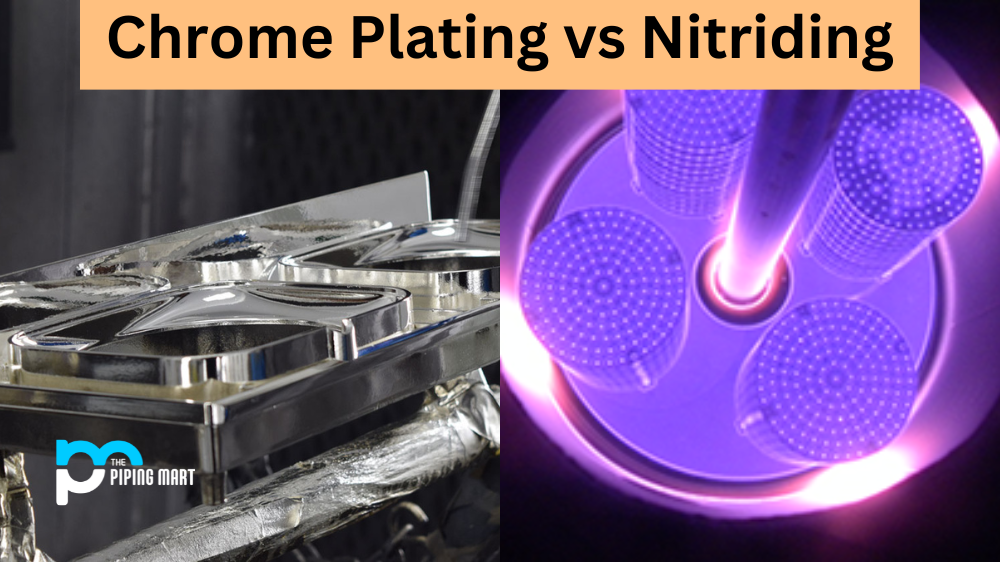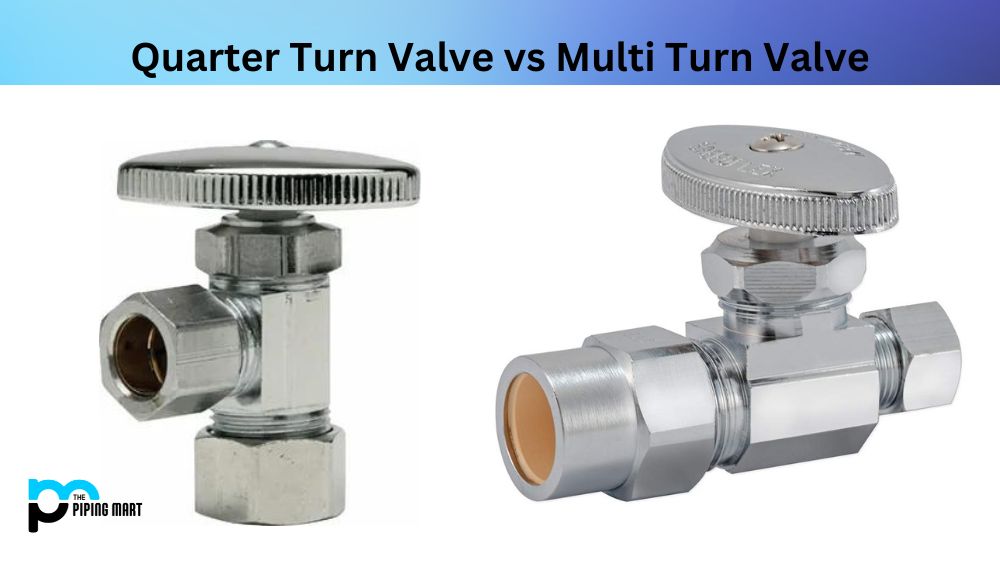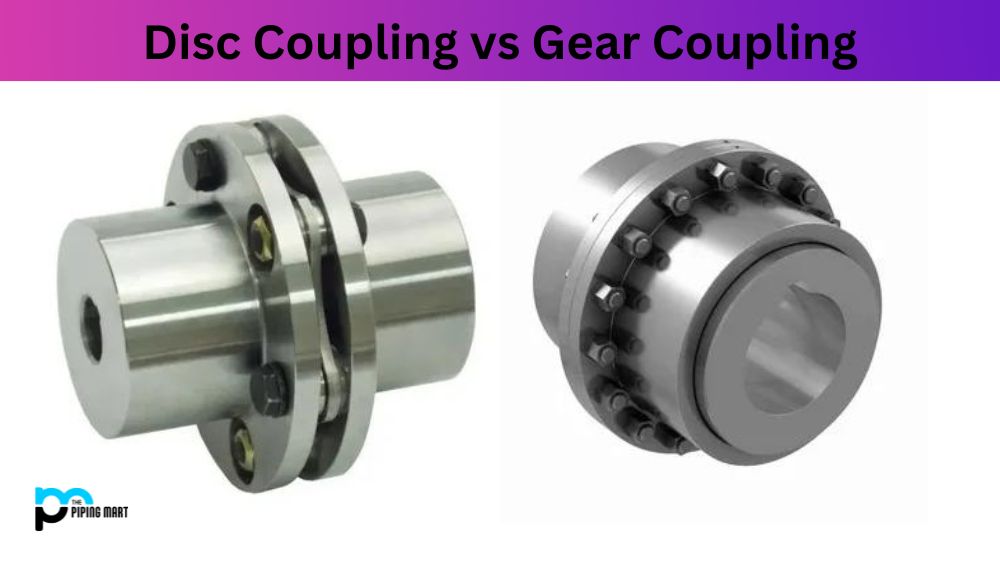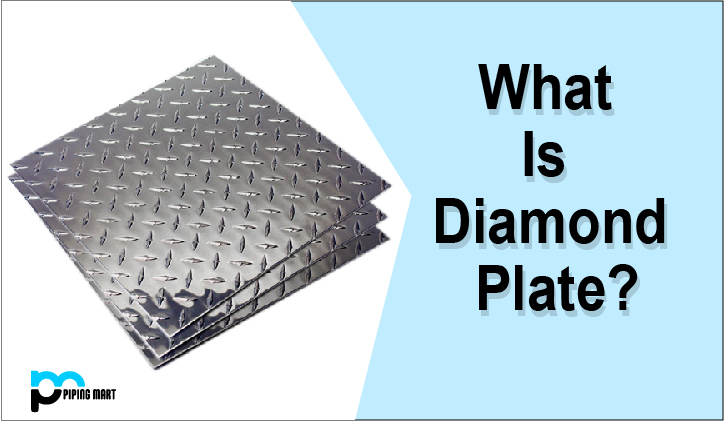Chrome plating and nitriding are two popular methods of surface treatment used to add a protective coating or layer to metal parts. Both processes provide increased protection against corrosion, wear and tear, and degradation from environmental factors like humidity and UV exposure. But how do they differ? Let’s take a look.
Chrome Plating
Chrome plating is a process in which metal is coated with a thin layer of chromium that is electroplated onto the substrate. This chrome layer provides an extremely hard, durable surface that is highly resistant to corrosion and abrasion. It also adds a shiny finish that makes the metal look more attractive. Chrome plating can be done on steel, aluminum, brass, copper, stainless steel, zinc alloys and other metals. The downside of chrome plating is that it requires hazardous chemicals like chromic acid and sulfuric acid to complete the process. These chemicals can be toxic if not handled with care.
Nitriding
Nitriding is another method of surface treatment used to protect metal parts from corrosion and wear. It involves introducing nitrogen into the metal’s surface at high temperatures (usually around 910-930°F) through an ionization process. This creates a thin oxide layer on the surface of the metal which increases hardness and helps protect against wear and tear as well as corrosion from moisture or salt water exposure. Unlike chrome plating, nitriding does not require any hazardous chemicals or solvents to complete the process, so it is considered a much safer alternative for those looking for an eco-friendly option for protecting their metal parts.
What difference Between Chrome Plating and Nitriding
- Chrome plating is a process in which a thin layer of chromium is applied to a metal surface in order to protect it from corrosion.
- Nitriding is a process in which nitrogen is introduced into the surface of a metal in order to improve its wear and corrosion resistance.
- Both chrome plating and nitriding can be used to improve the durability of metal surfaces.
- However, nitriding is generally considered to be more effective than chrome plating at improving wear and corrosion resistance.
- Additionally, nitriding does not require the use of hazardous chemicals, making it a more environmentally-friendly option than chrome plating.
- Finally, nitriding is typically less expensive than chrome plating, making it a more cost-effective option for most applications.
Conclusion:
Both chrome plating and nitriding are effective methods for protecting your metal components against corrosion, wear, tear, humidity and UV exposure, but there are some key differences between them that must be weighed before deciding which one is best for your needs – namely, safety considerations due to the use of hazardous chemicals in chrome plating vs none in nitriding as well as differences in cost between the two processes. Ultimately it comes down to what you value most when it comes to protecting your metal parts – safety or cost-effectiveness? Whatever you choose, make sure you research both options thoroughly before making your final decision!

A passionate metal industry expert and blogger. With over 5 years of experience in the field, Palak brings a wealth of knowledge and insight to her writing. Whether discussing the latest trends in the metal industry or sharing tips, she is dedicated to helping others succeed in the metal industry.




